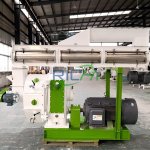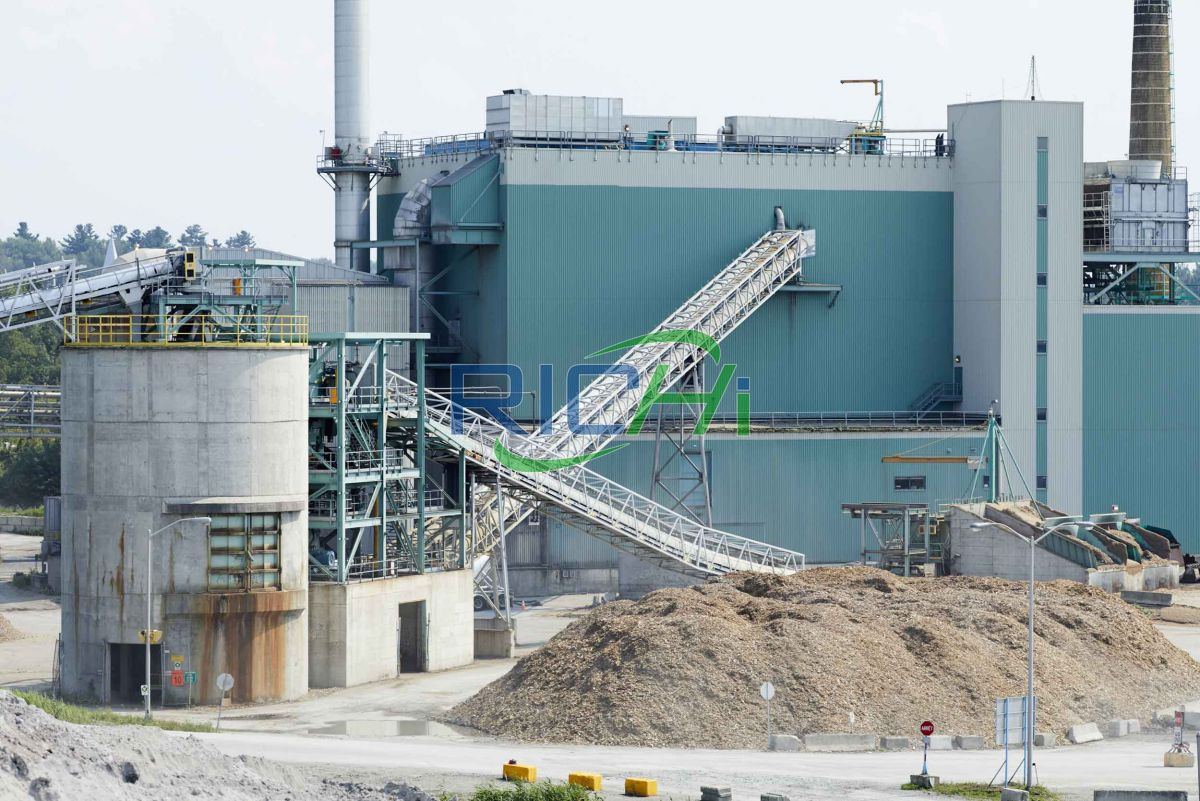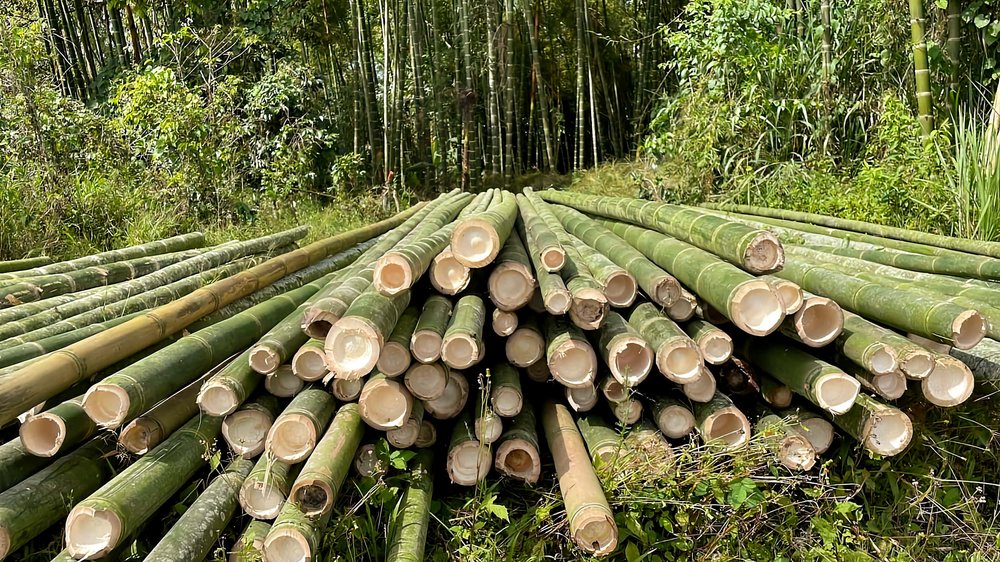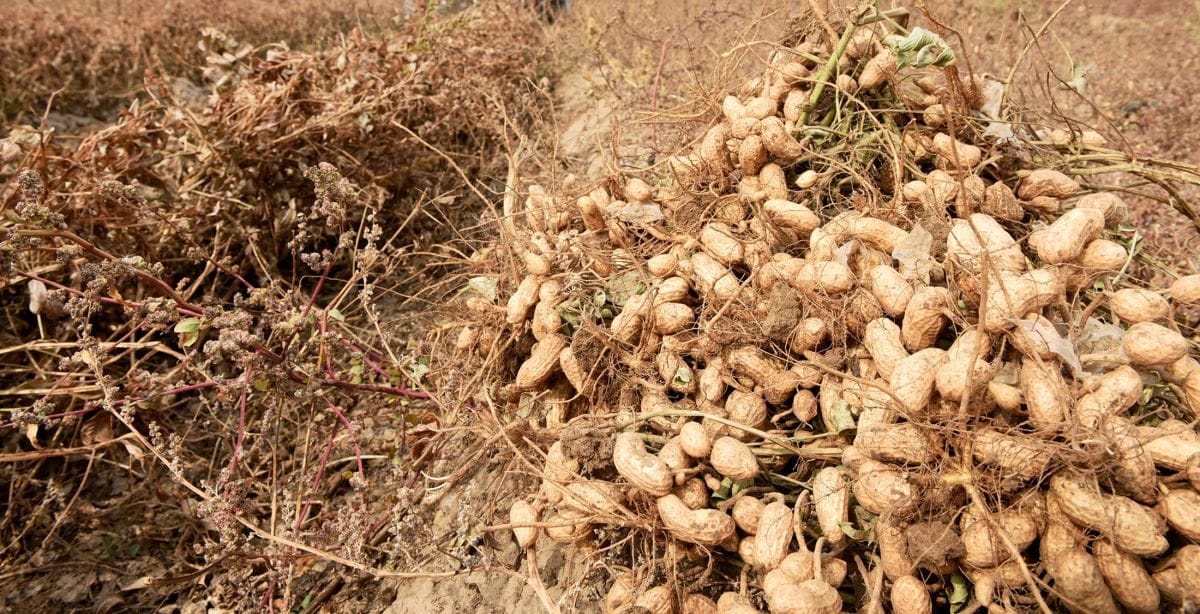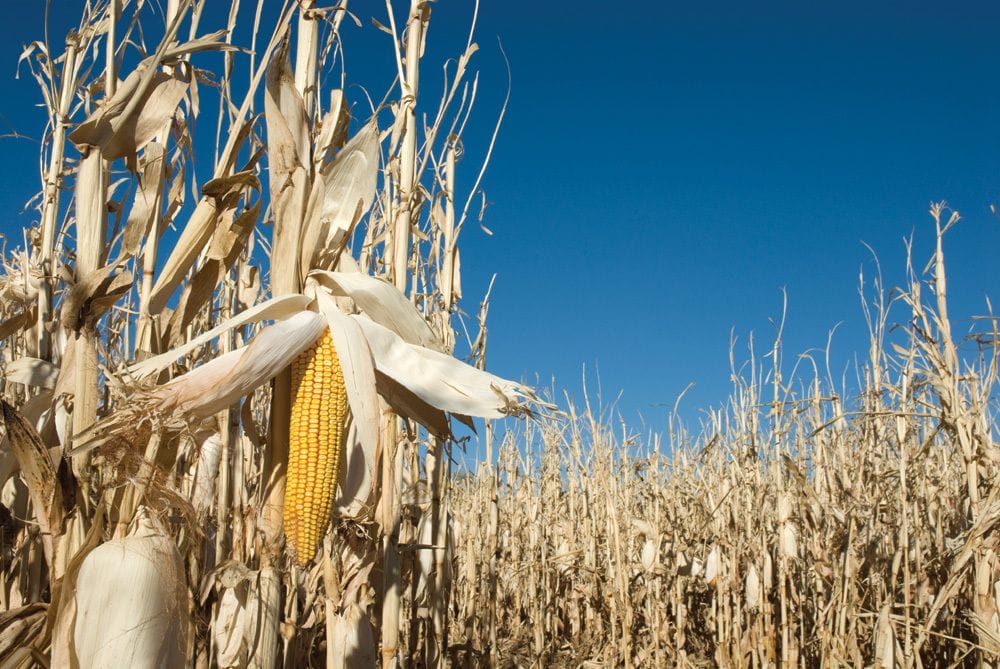Vietnam, with its abundant natural resources and growing focus on renewable energy, presents an excellent opportunity for establishing a Wood Bamboo Pellet Production Line. While primarily designed for wood and bamboo, such a production line can be versatile in processing various types of biomass materials. This article explores the different types of pellets that can be produced using this setup in Vietnam, highlighting the country’s unique resources and market potential.
1. Wood Pellets
The primary output of the pellet production line, wood pellets can be made from various sources:
- Sawdust and wood shavings from Vietnam’s furniture industry
- Forest residues from managed plantations
- Wood chips from timber processing
Wood pellets are in high demand both domestically and internationally for heating and power generation.
2. Bamboo Pellets
Vietnam’s abundant bamboo resources make bamboo pellets a significant product:
- Fast-growing and sustainable
- High calorific value
- Lower ash content compared to some wood species
Bamboo pellets are gaining popularity in the global market due to their environmental benefits and consistent quality.
3. Mixed Wood-Bamboo Pellets
A unique product that combines the benefits of both materials:
- Balances the properties of wood and bamboo
- Can optimize pellet characteristics based on specific ratios
- Offers flexibility in raw material sourcing
This blend can be particularly attractive for markets seeking diverse biomass fuel options.
4. Rice Husk Pellets
Given Vietnam’s position as a major rice producer, rice husk pellets are a viable option:
- Abundant and low-cost raw material
- Good energy density
- Helps in agricultural waste management
While requiring some adjustments to the production line, rice husk pellets represent a significant opportunity in agricultural regions. (Related post: bamboo pellet machine)
5. Coconut Shell Pellets
Vietnam’s coastal regions provide ample coconut waste for pelletization:
- High calorific value
- Dense and durable pellets
- Unique market niche for specialized applications
Coconut shell pellets can be an excellent addition to the product lineup, especially for export markets.
6. Coffee Husk Pellets
As one of the world’s largest coffee producers, Vietnam has significant coffee processing waste:
- Rich in lignin, producing durable pellets
- Aromatic properties can be appealing for certain markets
- Supports the circular economy in coffee-producing regions
Coffee husk pellets offer a unique product for both domestic use and export.
7. Sugarcane Bagasse Pellets
Vietnam’s sugarcane industry provides another source of biomass:
- High availability during sugar processing season
- Good combustion properties
- Helps sugar mills diversify their product offerings
Bagasse pellets can be an excellent seasonal complement to wood and bamboo pellets.
8. Mixed Agricultural Waste Pellets
A versatile option that can include various agricultural residues:
- Corn stalks, rice straw, and other crop residues
- Allows for year-round production using seasonal materials
- Addresses agricultural waste management challenges
This type of pellet showcases the production line’s flexibility in handling diverse raw materials.
9. Rubber Tree Wood Pellets
Vietnam’s rubber plantations provide a unique source of biomass:
- Utilizes old rubber trees that are no longer productive for latex
- High calorific value
- Supports the sustainability of the rubber industry
Rubber wood pellets can be a premium product for specific markets.
10. Acacia Pellets
Acacia is widely planted in Vietnam for pulp and paper production:
- Fast-growing and widely available
- Good pelletizing properties
- Supports sustainable forestry practices
Acacia pellets can be an excellent option for consistent, large-scale production.
Considerations for Multi-Biomass Pellet Production
While a Wood Bamboo Pellet Production Line in Vietnam offers versatility, several factors must be considered:
- Equipment Adaptability: The production line should be designed with adjustable settings to accommodate different raw materials.
- Quality Control: Each type of pellet will require specific quality control measures to meet market standards.
- Storage and Handling: Different raw materials may require separate storage and handling systems to prevent contamination.
- Seasonal Availability: Planning for the seasonal availability of various biomass sources is crucial for year-round production.
- Market Demand: Understanding the demand for different pellet types in both domestic and export markets is essential.
- Regulatory Compliance: Ensure that all pellet types meet Vietnamese and international standards for biomass fuels.
- Sustainability Certifications: Obtaining relevant certifications (e.g., FSC, PEFC) for wood and bamboo pellets can enhance market appeal.
Advantages of a Versatile Production Line
- Risk Mitigation: Diversification of raw materials reduces dependence on a single biomass source.
- Market Flexibility: Ability to respond to changing market demands and preferences.
- Year-Round Operation: Utilizing various seasonal biomass sources ensures continuous production.
- Waste Management Solution: Offers a solution for multiple industries to manage their biomass waste.
- Innovation Potential: Opportunities to develop unique pellet blends for specific applications.
Challenges to Address
- Raw Material Variability: Different biomass types may require adjustments in the production process.
- Equipment Wear: Varying raw materials can lead to different wear patterns on machinery.
- Quality Consistency: Maintaining consistent quality across different pellet types can be challenging.
- Market Education: Some novel pellet types may require customer education and market development.
Conclusion
A Wood Bamboo Pellet Production Line in Vietnam offers remarkable versatility in producing various types of biomass pellets. From traditional wood and bamboo pellets to innovative blends and agricultural waste pellets, the potential product range is diverse and promising. This versatility not only maximizes the utilization of Vietnam’s rich biomass resources but also positions the production facility to meet varied market demands.
The ability to process multiple types of biomass into high-quality pellets aligns well with Vietnam’s goals for sustainable development and renewable energy promotion. It offers solutions for agricultural and industrial waste management while creating valuable products for both domestic use and export.
As the global demand for sustainable energy sources continues to grow, a versatile pellet production line in Vietnam stands poised to play a significant role in the biomass energy market. By leveraging the country’s diverse biomass resources and adapting to market needs, such a facility can contribute substantially to Vietnam’s renewable energy sector and economic development.

